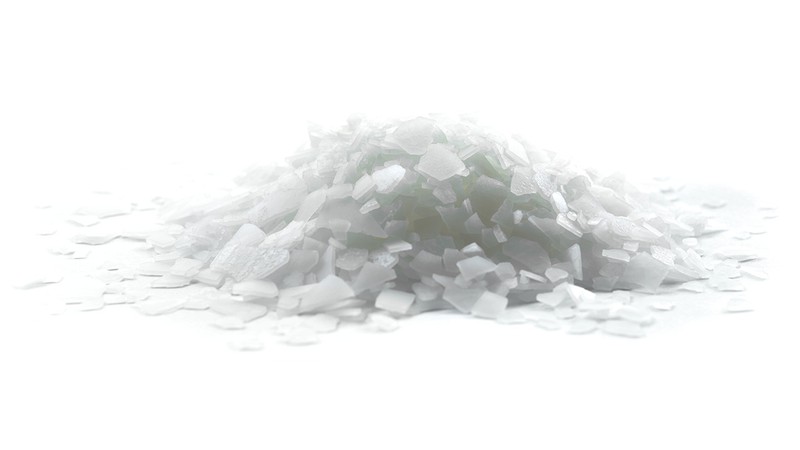Reporter Jennifer Junghans learns about some innovative lower-salt solutions to the problem of ice on winter roads.

Salt is a key ingredient to maintaining safe roads in snowy climes. Mona Makela Shutterstock.com
An article by Jennifer Junghans in Comstock’s Magazine raises the question of whether Sierra Nevada roads ought to be put on a low-salt diet. Salt has kept ice off roads for decades, since it melts snow and keeps water from freezing. But the salt itself runs off and ionizes, persisting in plants and lakes. Glenbrook Creek, which runs along the regularly-salted Highway 50, is an important tributary to Lake Tahoe that has highly elevated salt levels. The usual culprit—climate change, and the resulting droughts and floods—may bear part of the blame, says USGS’s Ramon Naranjo.
Salt isn’t used as prodigiously as it once was. Some road crews mix a small percentage of salt to sand and spread that on the highways. Brine, a mix of salt and water, uses salt more sparingly and sticks to roads. Junghans talks to public works officials in Placer, Nevada and El Dorado counties about alternatives to salt and learns about some innovative solutions from Russell Wigart, stormwater coordinator for the Tahoe Basin of El Dorado County, who says one alternative is to use wastewater from beet sugar mills to cut the salt. This road-borscht had good results but it’s costly. “Everyone wants to do the right thing, but not everyone wants to pay for it,” Wigart says.
Read more on ComstocksMag.com: "The Eco Report: Pass the Salt.”
Articles which extol the virtues of a report or article put out by a local newsroom.